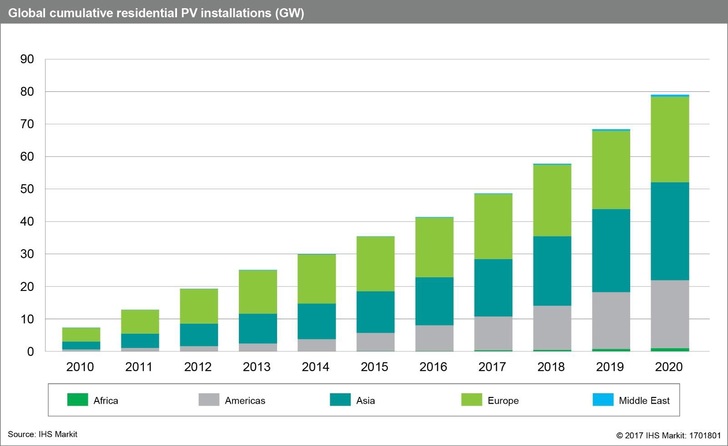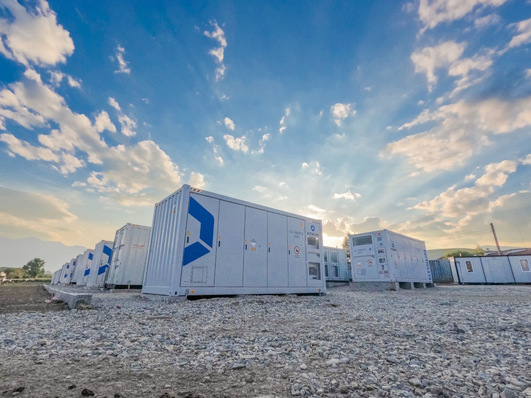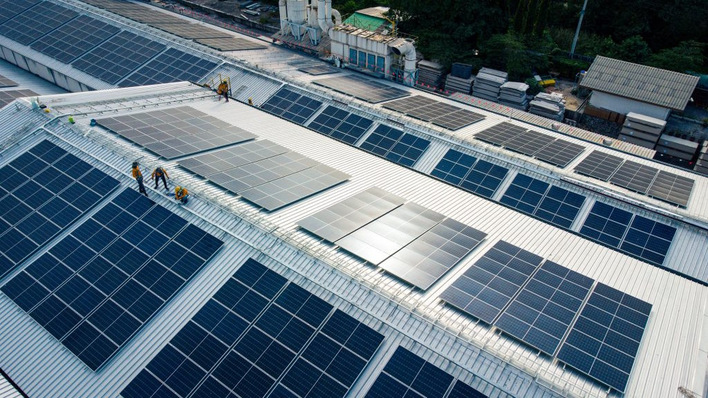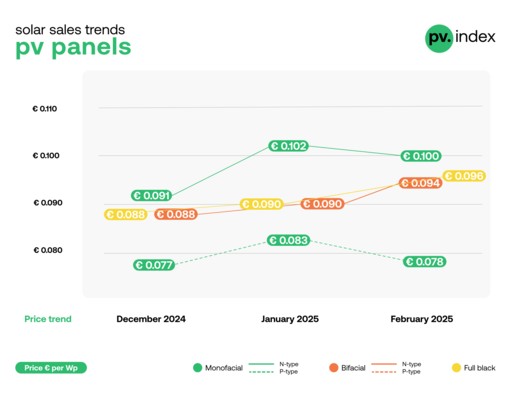A dominant factor for the increase of residential installations, are the economic benefits of self-consumption, Sam Wilkinson, Senior Research Manager at IHS Markit says. The biggest residential capacity per capita in Europe have so far Belgium (150 watts per person), Netherlands (around 80 W) Germany (around 60 W), Italy (around 48 W), UK (around 46 W) and France (around 19 W).

Levelized cost of electricity of residential PV 9-10 Eurocents per kilowatt-hour
Taking Germany as a specific example, the levelized cost of electricity (LCOE) of a residential PV system installed today stands at approximately €0.09-€0.10 per kilowatt-hour (kWh), while retail electricity rates are typically around €0.30 per kWh. “When you also consider that the feed-in tariff now offers just €0.12 per kWh for residential systems exporting power to the grid, what becomes clear is that it is much more attractive to use the electricity produced by a system—and saving money on the utility bill—than it is to sell it to the grid and earn the FiT”, Wilkinson says.
Declining costs of batteries as a crucial parameter
“The other crucial parameter that has evolved— favoring the trend of residential PV systems being installed mainly with self-consumption in mind—is the cost of batteries”, he says. Lithium ion (Li-ion) batteries in particular have benefited from major investments in technology and manufacturing capacity expansions, with a view to serving anticipated explosive demand from the growing electric vehicle sector. They have moved to become the technology to beat in the large-scale battery sector, and are now available at a cost point that makes them a viable solution to storing excess solar electricity for use later in the day, according to IHS Markit.
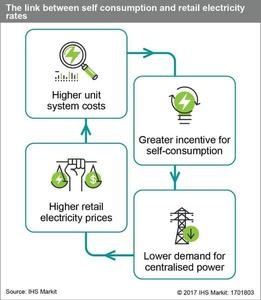
Shift in the rationale for residential solar
The shift in the rationale for installing residential solar brings about a number of changes in the market, Wilkinson stresses. It is no longer plagued by short-term booms, which have occurred all too often in the past. „Customers are also no longer motivated by a material return on investment—such as receiving attractive FiT payments regularly over a span of 20 years—but more by the prospect of long-term savings in their energy costs and greater security over future ones, hedging against potential increases in electricity rates”, Wilkinson says.
IHS Markit predicts that 49 GW of residential PV systems will be installed within the next five years, taking the global installed base for residential solar to 90 GW by the end of 2021. (HCN)
Read more about energy storage systems
Stay informed, get our free newsletter twice a week, register here
More useful information:
https://www.pveurope.eu/financing/iea-publishes-new-report-pv-self-consumption-policies


